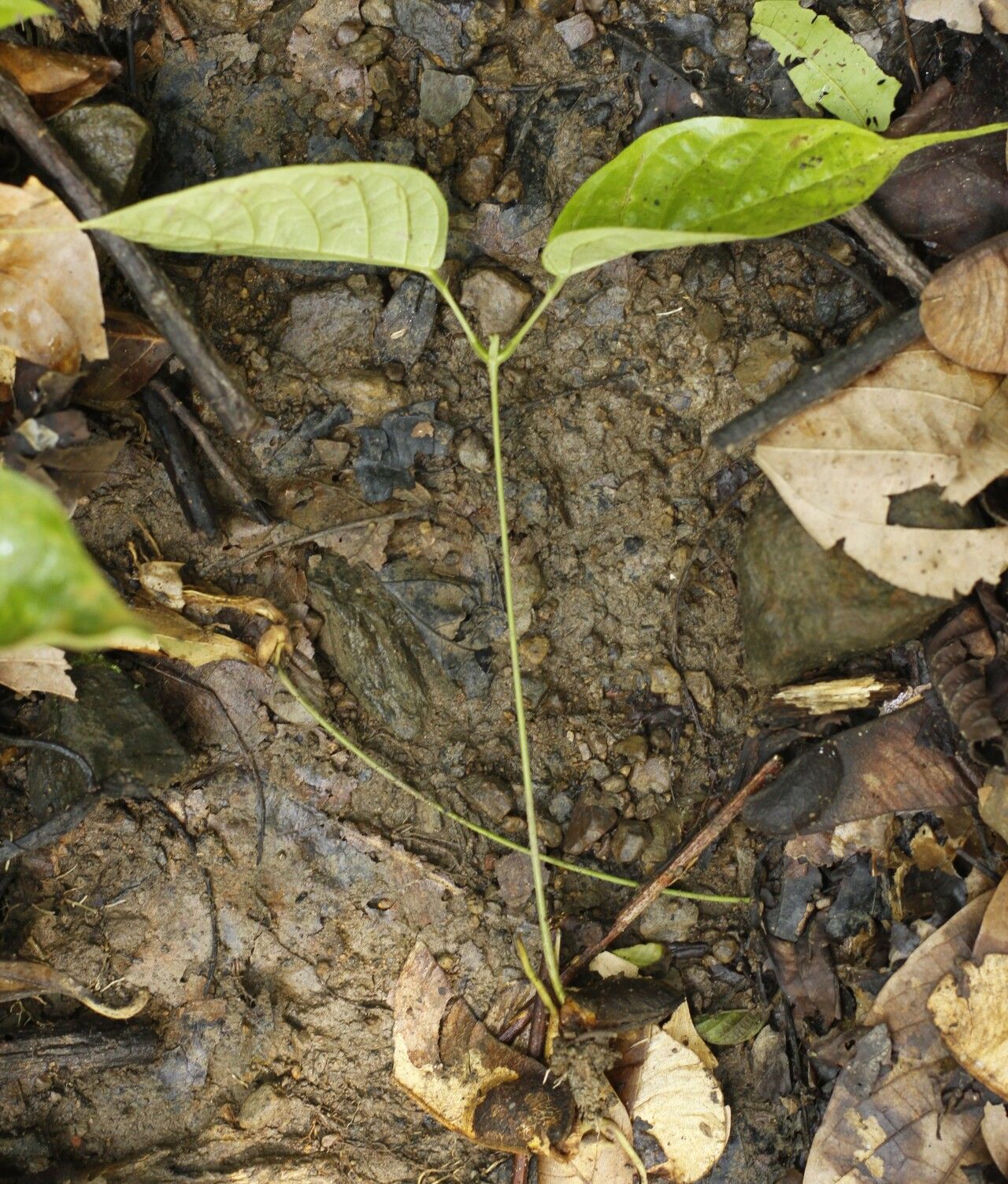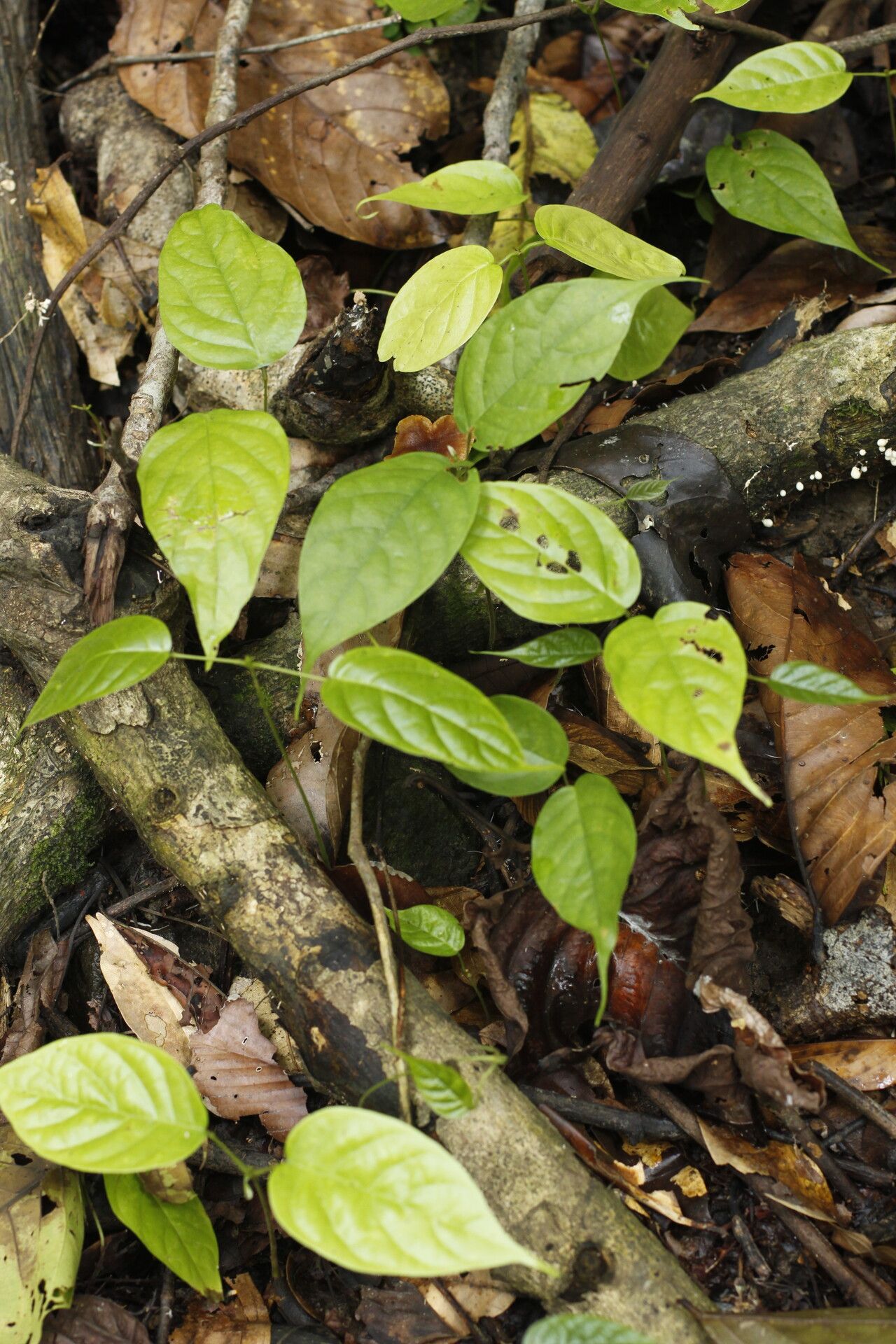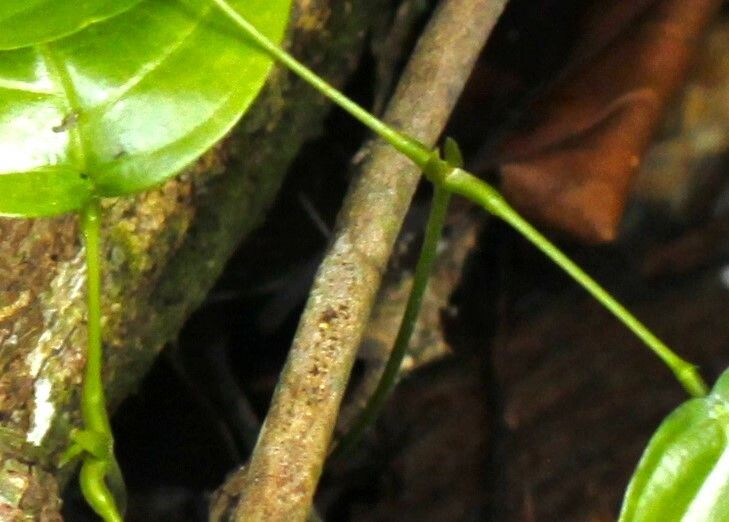Arsylw
Penderfyniad
Penderfyniad arfaethedig
Awgrymu penderfyniad arall
Nid ydych yn cytuno â'r rhywogaeth a awgrymir ond nid oes gennych unrhyw awgrym arall
Sylwadau
Data ychwanegol
Dyddiad crëwyd
14 Rhag 2023
Diwygiwyd diwethaf
19 Rhag 2023
Rhino Food Trail, Tabin Wildlife Reserve, Sabah.
*ID uncertain!
Habitat: Observed on the trail developed by BORA Wildlife Station. The forest has a mix of majestic emergents, main canopy species (~30 m), & liana like Spatholobus. The species is reported to be common in primary & secondary forests.
Habit: Being a large woody liana, only seedlings & side shoots are visible near the forest floor. It is said to have flattened, twisted stems that produce deep red sap droplets when cut.
Plant description:
*The pair of small, interpetiolar, oblong stipules are erect & observed easily on seedlings. The minute stipulule pairs are sometimes observed at the base of the leaflet petiolules.
*The seedling leaves are unifoliate, although mature leaves are reported to be trifoliate. The lamina is ovate with rostrate tips, & the upper surfaces are covered in minute white hairs.
Note:
*The fruit pods are similar to a photographed S. maingayi specimen in Gardens' Bulletin Singapore 70(1): p. 87.
*The fruit pods are similar to Kew Herbarium & GBIF online specimens & a photographed record of S. suberectus in Scientific Data 6(113) p. 2 (species recorded from Assam to Indochina).
*The fruit pods are similar to the illustration of S. albus by Ridder-Numan (species recorded in Borneo).
*The fruit pods are similar to the illustration of S. harmandii by Ridder-Numan (species recorded from Burma to Peninsular Malaysia).
*The (seedling) leaves resemble a Kew Herbarium online specimen of S. acuminatus (recorded from India to Peninsular Malaysia).
*The (seedling) leaves vaguely match the leaf descriptions for S. harmandii by Ridder-Numan.
Wedi'i rannu yn
Grwpiau (17)







